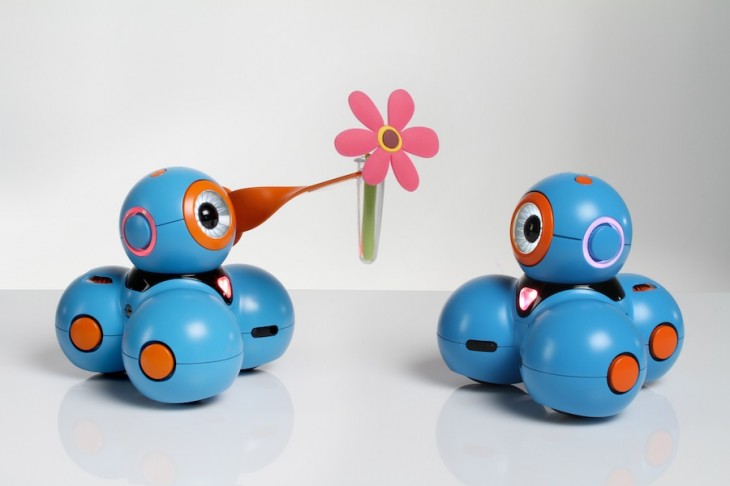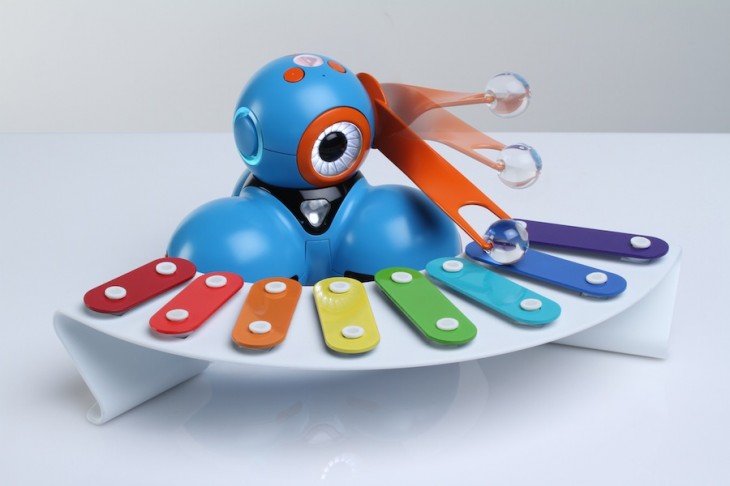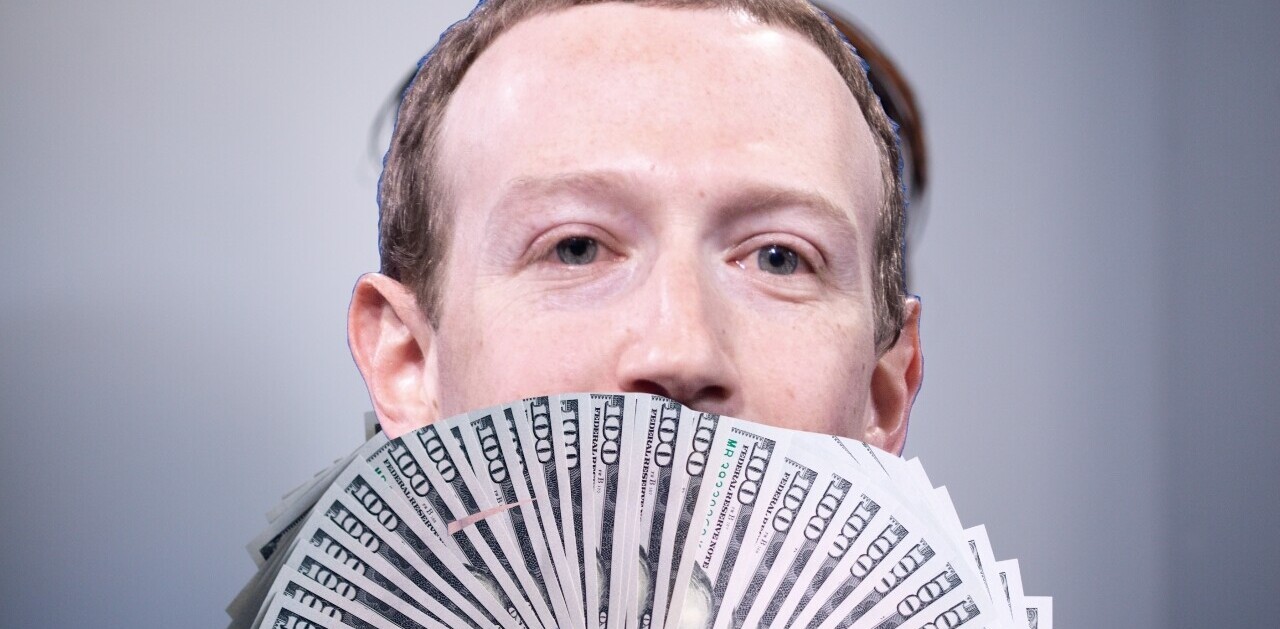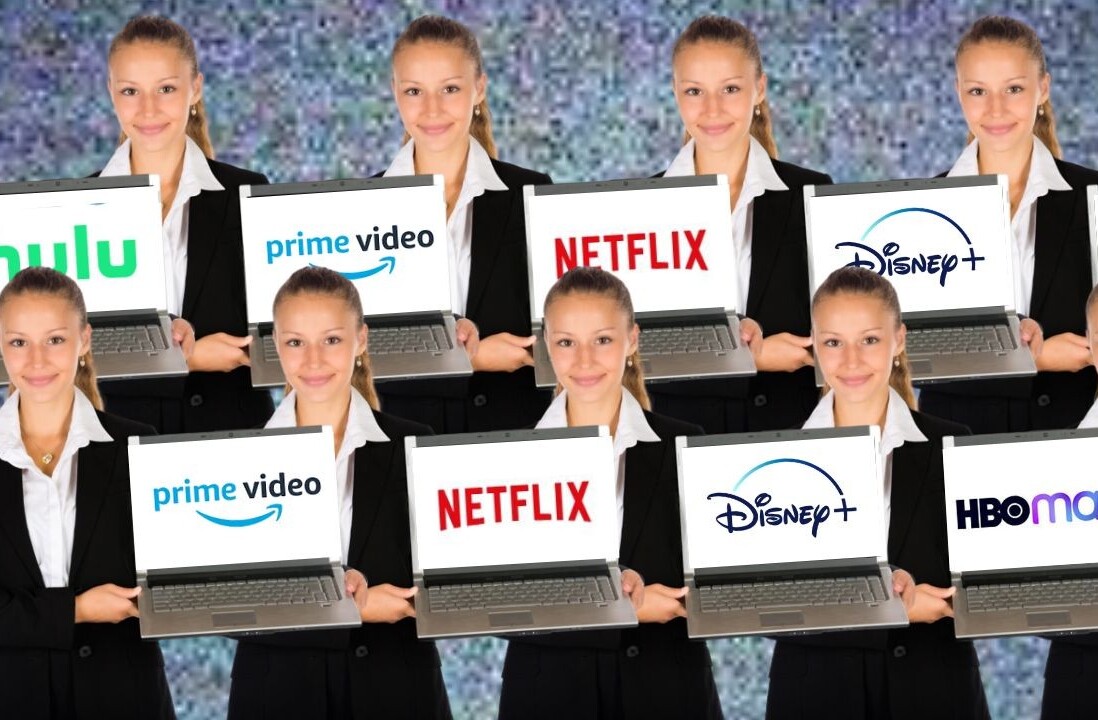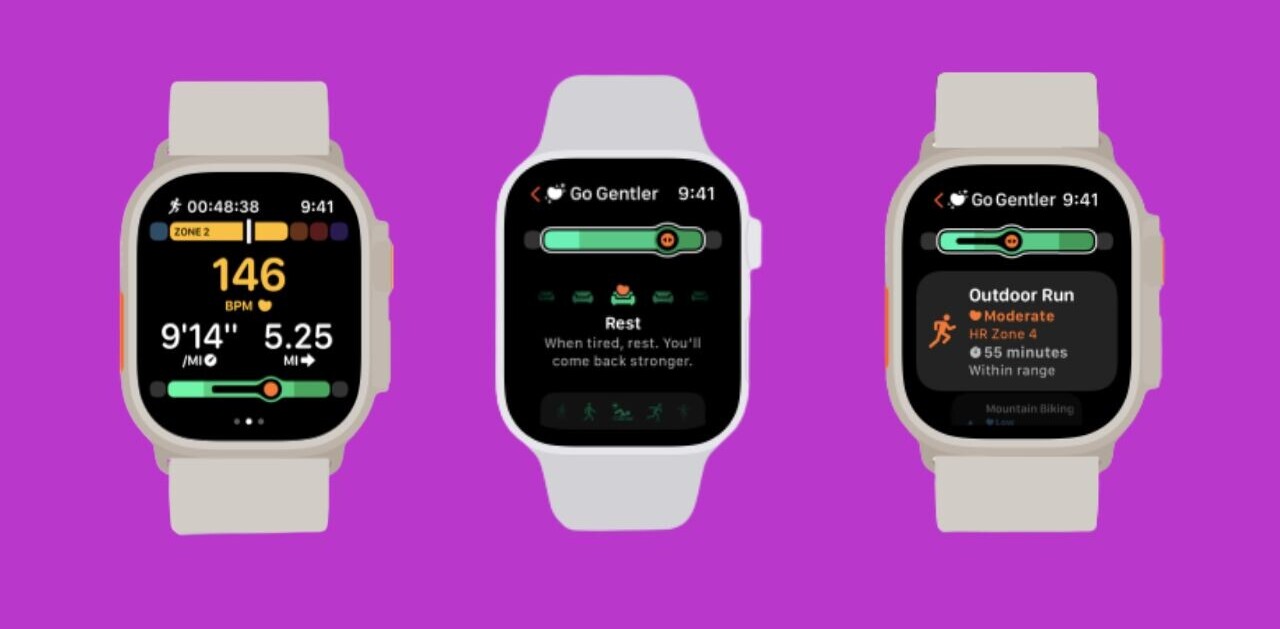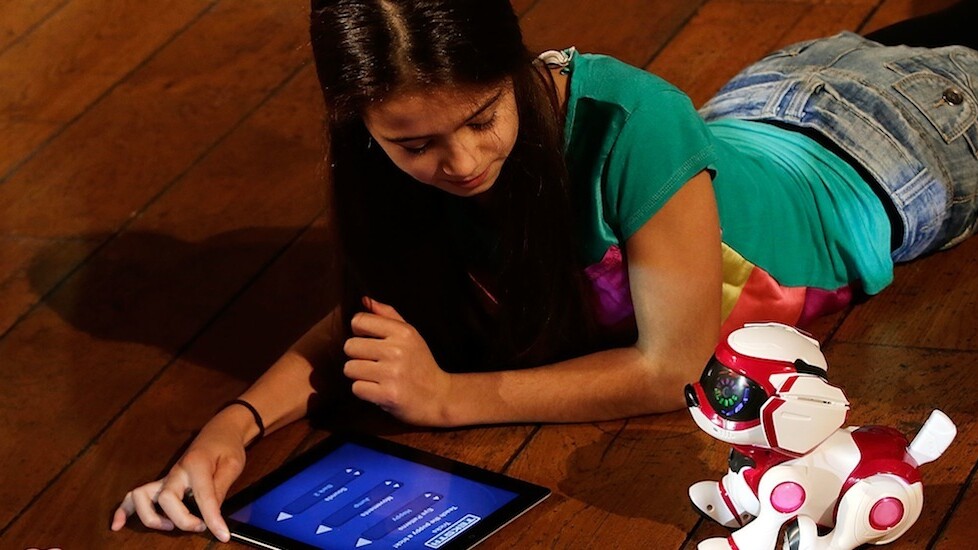
Can children as young as five years old start learning programming?
Vikas Gupta, the co-founder and CEO of Play-i, thinks so. And this is why he has started on a journey to create two robots called Bo and Yana.
Along with the robots, there’s a visual programming environment created on touch devices for kids, which meets the children’s level of cognitive ability and motor skills, starting as early as age five and extending to beyond 12 years old.
The journey is just beginning, as Play-i recently raised $1.44 million through a crowdfunding campaign that lasted one month, with orders placed for 10,994 robots. The company started off with a funding goal of only $250,000 — which it hit in a mere three days.
Unlike other programming languages where children are first taught the syntax, Play-i focuses on learning through exploration, play and discovery.
Former Googler Gupta left his job as Head of Consumer Payments at the search giant in 2012, and spent some time with his daughter, who was then one year old. He was inspired by his daughter and subsequently, a report he read about Estonia, which launched a nationwide scheme to teach their first-graders programming. He tells TNW:
That got me curious on a few fronts: one, how are children learning to program at such a young age, and can they even learn programming at that young age? And the second question is: what are people in the rest of the world doing? Why can’t people all over the world learn to program at first grade?
The answers I found were pretty startling: I found a lot of research from places like MIT which show that kids as young as five years old can actually learn to program. But the way they learn to program is through tangible interactions, through physical manifestations of the abstract concepts of programming.
Gupta realized there isn’t such a product for young kids that exists in the market, as similar programming robots only targeted older kids from age 11 onwards.
Despite the huge gap in the market though, Gupta admits he was “surprised” that they eventually managed to raise close to $1.5 million worth of funding. When asked why Bo and Yana have turned out so popular, he explains:
One, there is clearly a need that people see why children need to learn programming and why programming is an essential skill. That message resonates with people: people see this for their children, people see why that skill… if it’s not available to their children, their children won’t be as empowered as children who have the skill.
I think the effort we have put into making the robots emotional, connects with people.
And finally, the thing that also connects with people, is that we are building robots at a very affordable price. Typically the robots that you can get either in a robotics kit or a packaged robot that you can do a lot with, are very expensive. They are in the high hundreds of dollars. And to get a robot that’s at less than 200 dollars that can do amazing things, that kids can actually program and do amazing things with, was something that people welcomed.
For now, Bo costs $169 while Yana costs $59 — but once the robots are widely available for purchase, they will cost more.
Play-i has also consciously emphasized the hands-on aspect of Bo and Yana. Kids don’t have to sit in front of a computer and face an application that teaches programming — they can play with the robots instead.
Furthermore, given the widespread use of touchscreen devices among kids nowadays, parents are probably appreciative of the fact that these tablets can teach a skill instead of just being channels for playing games and watching videos. Bo and Yana connect wirelessly with mobile devices through Bluetooth 4.0, and all you have to do is start the app. Currently Play-i’s visual programming interface works with a series of Apple devices including the iPhone 5 and iPad Air, and the team is working to make it compatible with a larger range of Android devices, as currently those that support Bluetooth 4.0 are very limited.
Other than the US and Europe, Silicon Valley-based Play-i is also shipping to parts of Asia — namely India, Japan, Taiwan and Singapore.
Bo and Yana will reach customers by summer next year, and Gupta says the team is working towards meeting the deadline, as primarily the funding raised will be used to set up manufacturing facilities and kick off production. Manufacturing will be done in China — and Gupta says the greatest challenge of creating Bo and Yana isn’t in hardware, but making sure the software is top-notch.
Ultimately, Gupta’s aim is to make Bo and Yana available to people everywhere — which could be especially important in emerging markets, considering the affordability of the robots.
Gupta notes that the amazing thing about Bo and Yana is they could only have been possible today, given the rapid amount of technological progress made over the past few years. He says:
We stand on the shoulders of giants — because the devices and technology exists, and they are in the hands of kids everywhere, in houses everywhere, that Bo and Yana can actually be created and be made to work in the hands of children.
Headline image via Matthew Lloyd/Getty Images
Get the TNW newsletter
Get the most important tech news in your inbox each week.
